Ultimate Guide to Non-toxic + Eco-Friendly Breast Milk Storage
Breastmilk storage can be overwhelming and kind of confusing..Let alone trying to do it while still being mindful of toxins and reducing waste.
This post dives into all the nitty gritty of non-toxic and eco-friendly breast milk storing options!
For those that are new to the blog, we recently had our second child and I am exclusively breastfeeding. I currently only work out of the home a couple of days a month and am able to breastfeed on demand. But I do like having a small freezer stash for when he needs to take a bottle with my husband or a babysitter.
With my first, I was simply on survival mode as a new mom and trying to figure out pumping and breastmilk storage when I went back to work and left our new baby at home. That meant I would pump during my break at work and throw milk into disposable plastic bags and into the freezer. This time, I wanted to be a little bit more intentional about minimizing our plastic use- especially single-use plastics.
For anyone breastfeeding, they know how much hard work it can be. Let alone creating a system for keeping pumping parts clean, figuring out containers, and appropriate storage. That is why I also prioritize convenience and have multiple different options that our family uses depending on the situation.
Related Reads:
Why we chose to change our breast milk storage practices
If standard breast milk storage containers work for you and your family, keep at it! (I shared in my postpartum freezer meal prep post about how we used ziploc bags for many of our freezer meals simply out of convenience) This post is for families looking for other options that may work better for their personal goals. These are some of the reasons we have chosen to prioritize healthier storage options.
1. Health risks with plastic
One of my main priorities in our home and family is trying to optimize and protect our health whenever possible. And having a newborn in the home amplifies that. Studies have shown that certain plastics and chemicals can leach into breastmilk, potentially exposing your baby to harmful substances.
In addition to chemicals, plastic use increases your exposure to microplastics. These are fragments of petro-polymers that get into our water, foods and environment and can negatively effect our health. Studies have shown that microplastics can cause neurotoxicity, increased cancer rates, reproductive toxicity, and altered metabolism.
2. Reducing environmental impact
On the eco-friendly side, the choices we make as consumers can have a significant impact on the environment. Traditional plastic breast milk storage bags and containers that are single use contribute to plastic waste in landfills and oceans. By choosing eco-friendly options, you're actively participating in reducing this waste. Microplastics also come into play here by their pollutions of oceans, streams, air and the environment at whole.
Again, we are not perfect with it by any means. We simply try to make a better choice for our health when able. I still have a box of lansinoh bags we used to store milk with my first child, and we will probably go through those at some point 🤷🏻♀️
Non-Toxic + Eco-Friendly Breast Milk Storage Options
Now that we've established why eco-friendly and non-toxic breastmilk storage is the way to go, let's explore some amazing options. Over recent years we have gotten so many more breast milk storage options that can support all your environmental and wellness goals.
1. Glass Containers
Glass containers are like the superheroes of breastmilk storage. They are non-toxic, don't leach harmful chemicals, and are easy to clean and sterilize. Plus, they can be reused endlessly, which reduces waste. According to a study published in the "Journal of Pediatric Gastroenterology and Nutrition," glass containers were found to be the safest option for breastmilk storage as they didn't alter the milk's composition or introduce any contaminants.
Some things to remember when shopping for glass containers is to make sure:
choose bottles and storage containers made of tempered glass to reduce the risk of breaking
ensure glass containers are lead-free. While this is not a concern with any newly-produced glassware, be cautious of anything that has been handed down or "vintage"
Some of my favorite glass options:
mason jars :
Good old mason jars can also be a reliable and eco-friendly option for breastmilk storage. They're made of glass, which is non-toxic and recyclable. Just make sure to use glass jars with airtight lids to maintain the freshness of your breastmilk. The only downside is that glass jars can be difficult to find freezer or diaper bag space for. Unlike disposable breast milk storage bags that can be frozen flat, glass jars can be bigger and bulky.
Think mason jars are great? Burrbaby took this dependable design and made it completely baby and feeding friendly! You can swap out the top on the glass jars and they are immediately glass bottles. They also have measuring marks on the side to keep track baby's milk volume. The company makes an extra effort and also sends out a bamboo box to easily store all your jars when not in use!
One thing that I was exceptionally impressed with by Burrbaby is how affordably the kits are priced! I found them to be really reasonable for how high-quality and well thought out the design is.
Burrbaby generously shared a code for WWK readers- you can save 5% on your orders with code KAELYN5 🎉
2. Stainless Steel Storage
Stainless steel is another great option when it comes to non-toxic storage. It doesn't react with breastmilk, ensuring your baby gets the purest milk possible. Stainless steel containers are also incredibly durable and can withstand multiple uses and sterilizations. Unlike glass containers, there is no chance of breaking is accidentally dropped (or thrown by a toddler...) Stainless steel containers are a sturdy and sustainable choice for breastmilk storage, that can last a lifetime if properly cared for.
Ceres Stainless Steel Milk Chiller- If there is one thing I recommend for mom’s who have to pump at work- it is THIS! You can add pumped milk into the inner chamber and keep it cold your entire shift! It is about the size of a yeti cup- so a little large- buuut far less bulky than a big cooler filled with difference supplies for storing your milk.
Then once you return home at the end of your day, you can transfer your chilled milk into other non-toxic storage containers that are suitable for freezing or feeding!
3. Silicone Storage Bags
Silicone is a fantastic non-toxic material that's also eco-friendly. A study published in the "International Breastfeeding Journal" found that silicone bags maintained the integrity of breastmilk and didn't introduce any contaminants.
Recently there have been many more options of reusable breast milk storage bags available! Reusable silicone storage bags are not only reusable but also free from harmful chemicals. They are also more durable than plastic bags and can be used for a long time. [4] One of the most popular options is the junobie bag that is made of food grade silicone. They were created by a mom herself and very well-thought out. They have a locking zipper at the top of the bags to prevent spills, are easy pouring, and able to stand on their own- a feature that is rare with other reusable bags.
4. Milk Trays
Milk trays are like ice cube trays specially designed for breastmilk. They're typically made from food-grade, non-toxic plastic or silicone. These trays allow you to freeze breastmilk in small, convenient portions, reducing waste and ensuring freshness. (these are also trays I use to freeze beef liver in pre-portioned amounts)
silicone milk trays (that you can easily use for meal prepping when you’re done breastfeeding and pumping!)
believe it or not— I am pumping in this picture.
Hands-free while on a quick break at work in the hospital. Cannot say more good things about portable breast pumps!
PRO TIP: If you are ever worried that your milk got a little too warm throughout the day, or you didn’t use it after it was thawed- DON’T THROW IT OUT! This less-than-perfect milk can still be used for milk baths. Breast milk has been shown to be as effective as hydrocortisone cream for eczema. It has also been shown to be beneficial for rashes, dry skin, cradle cap, and more! Just be sure to label it accordingly so that it does not get mixed up with breast milk meant for feeding.
The Best Breast Milk Storage Practices
As if figuring out the best breast milk storage system wasn’t enough, you also need to make sure you are using the best storage practices. These not only ensure the nutritional content of breast milk, but make sure your little one stays healthy!
1. Label and Date
Always label your breastmilk containers with the date you expressed the milk. This helps ensure you're using the oldest milk first, reducing waste. If you are using glass, stainless, or silicone containers and easy way to date is using labels or tape with a marker.
2. Store Properly
Breastmilk can be stored at room temperature (up to 77°F or 25°C) for up to four hours, in the fridge for up to four days, or in the freezer for six months to a year. Be sure to check the temperature guidelines for the specific storage container you're using.
3. Avoid Overfilling
Leave some space at the top of your storage containers when freezing breastmilk. This allows the milk to expand as it freezes without causing containers to break.
4. Thaw Carefully
When thawing frozen breastmilk, do so slowly in the fridge or a bowl of warm water. Never use the microwave, as it can create hot spots that could scald your baby.
5. Clean and Sterilize
Clean and sterilize your storage containers and breast pump equipment regularly to prevent contamination. (This includes all the small little pump parts too!)
6. Use Freshly Expressed Milk
Whenever possible, use freshly expressed milk. While frozen breastmilk is safe and nutritious, fresh milk may have more live antibodies and beneficial components.
Common BreastMilk Myths 🍼
A run down on some of the common things people tell you about breastfeeding and breast milk.. and what the current guidelines say!
Myth 1: You Can't Mix Fresh and Frozen Breastmilk
This is a myth. You can mix fresh and frozen breastmilk, but there are some guidelines to follow. For instance, ensure the temperatures are similar when mixing to prevent the frozen milk from thawing prematurely.
Myth 2: You Can Refreeze Breastmilk
This is false. It's generally best to avoid refreezing breastmilk because it can affect its taste and nutrient quality. There is limited research on this practice so it is better to be safe than sorry. If your baby has not drank thawed milk within 24 hours, it is best to throw it away. OR you can use it for a milk bath for your baby!
Myth 3: Breastmilk Can Spoil in the Freezer
This is true. Breastmilk is incredibly stable in the freezer and can last for up to a year. However, it's essential to store it in appropriate containers and at the correct temperature to maintain its quality.
Myth 4: You Can't Heat Breastmilk in the Microwave
This one is true. Microwaving breastmilk can create hot spots that can scald your baby's mouth. Instead, use a warm water bath or bottle warmer to heat it gently.
My favorite non-toxic bottle warmers are:
These are a great way to not only thaw breast milk but warm is up to baby's preferred temperature! These are also great options for baby's health and mother earth.
The most common recommendation is to gently thaw milk in the fridge and then warm it up in a water bath. Sometimes you just need something a little quicker. Here are my two favorite bottle warmers that are both non-toxic options.
Tommee Tippee Warmer- I have found that this is one of the most versatile options on the market- you can warm from room temperature, fridger temperature, or frozen. it also fits a wide variety of sized bottles, pouches, and jars making it really convenient if you use different breast milk storing options!
Portable milk warmer- if you are on the go frequently, or enjoy traveling with a baby that takes bottles- this is a must! You can easily warm up the milk to a specific degree with a fully portable system. It comes with a USB charger to keep it charged and ready to go whenever you need it!
As we wrap up this guide, it's clear that eco-friendly and non-toxic breastmilk storage options are not only beneficial for your baby's health but also for the planet. By making informed choices about the materials you use and following best practices, you can ensure that your baby gets the best nutrition while minimizing your environmental footprint.
Do you feel that wellness advice tends to feel a little dogmatic? I remember feeling like in order to have a healthy life and home, I had to get rid of every chemical, piece of plastic, and “toxin”.. but that felt really unrealistic. So, I wrote an ebook with a more balanced approach— one where you could honor your wellness and convenience, without all the stress!


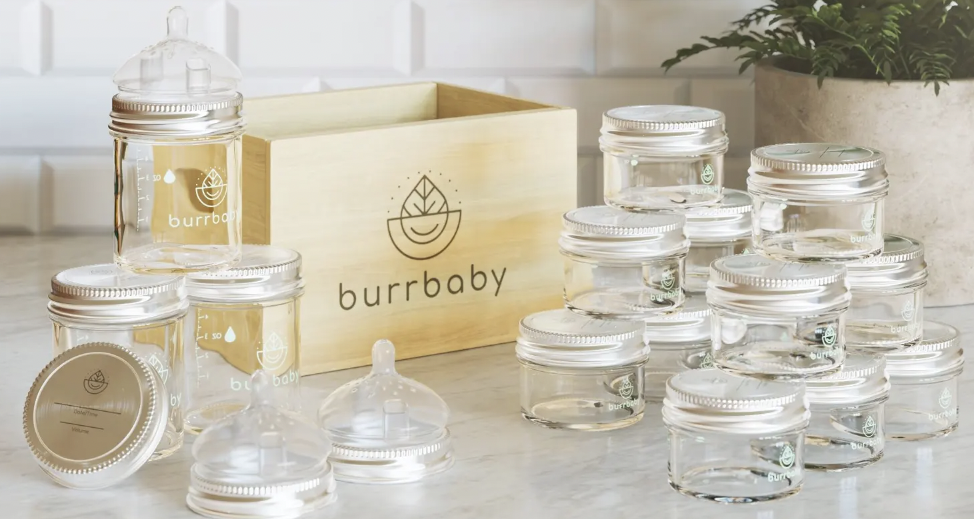




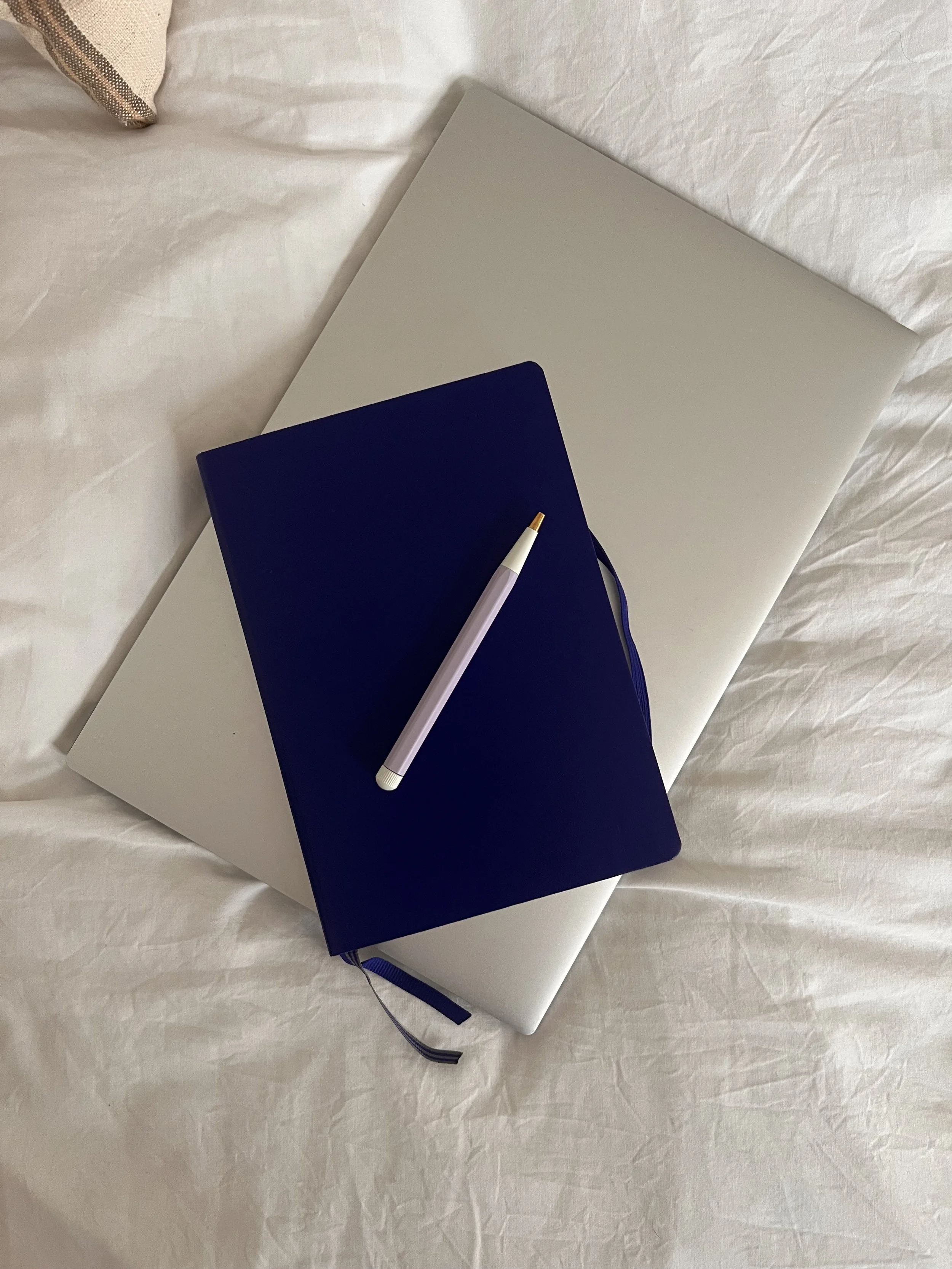



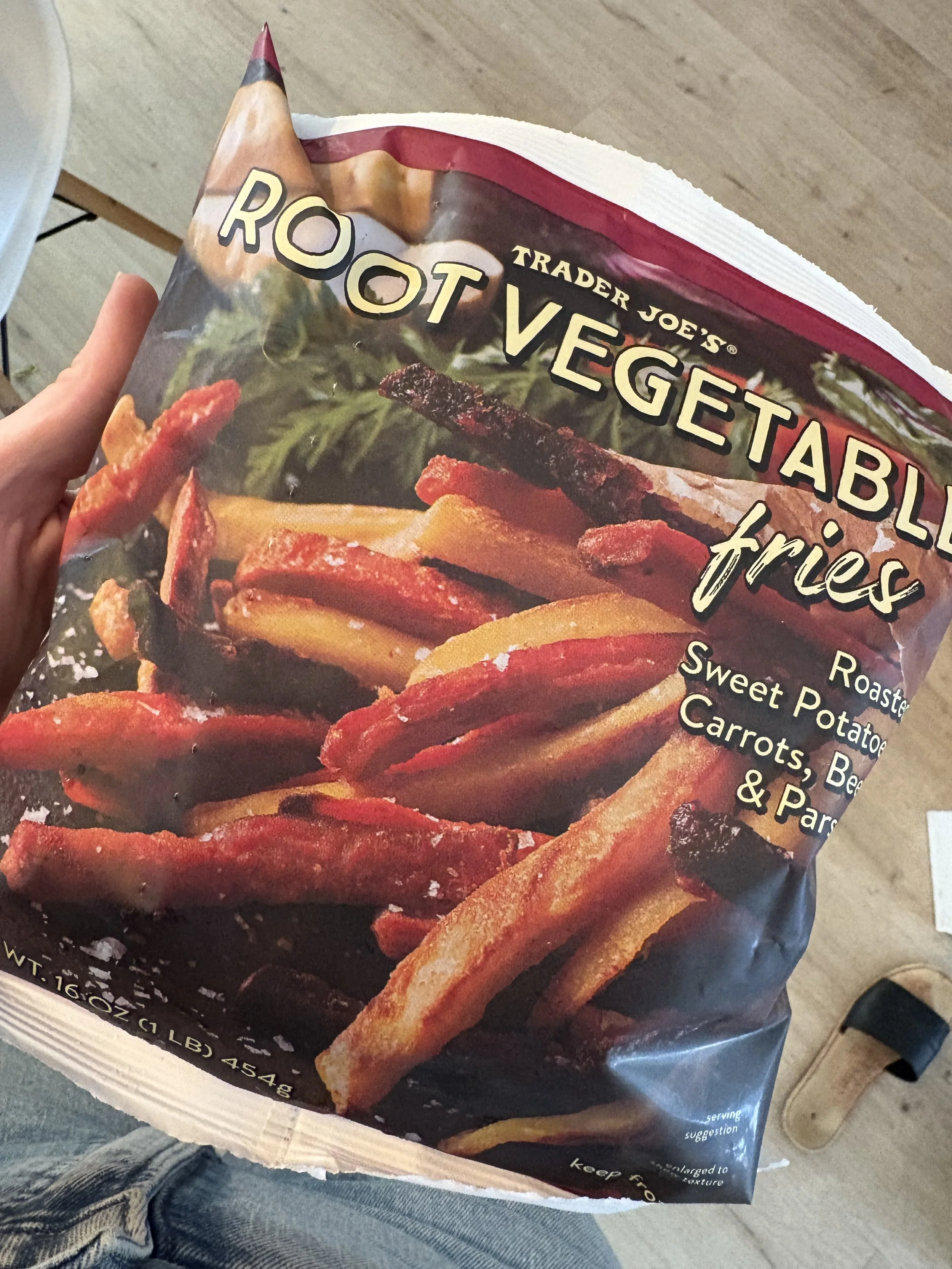
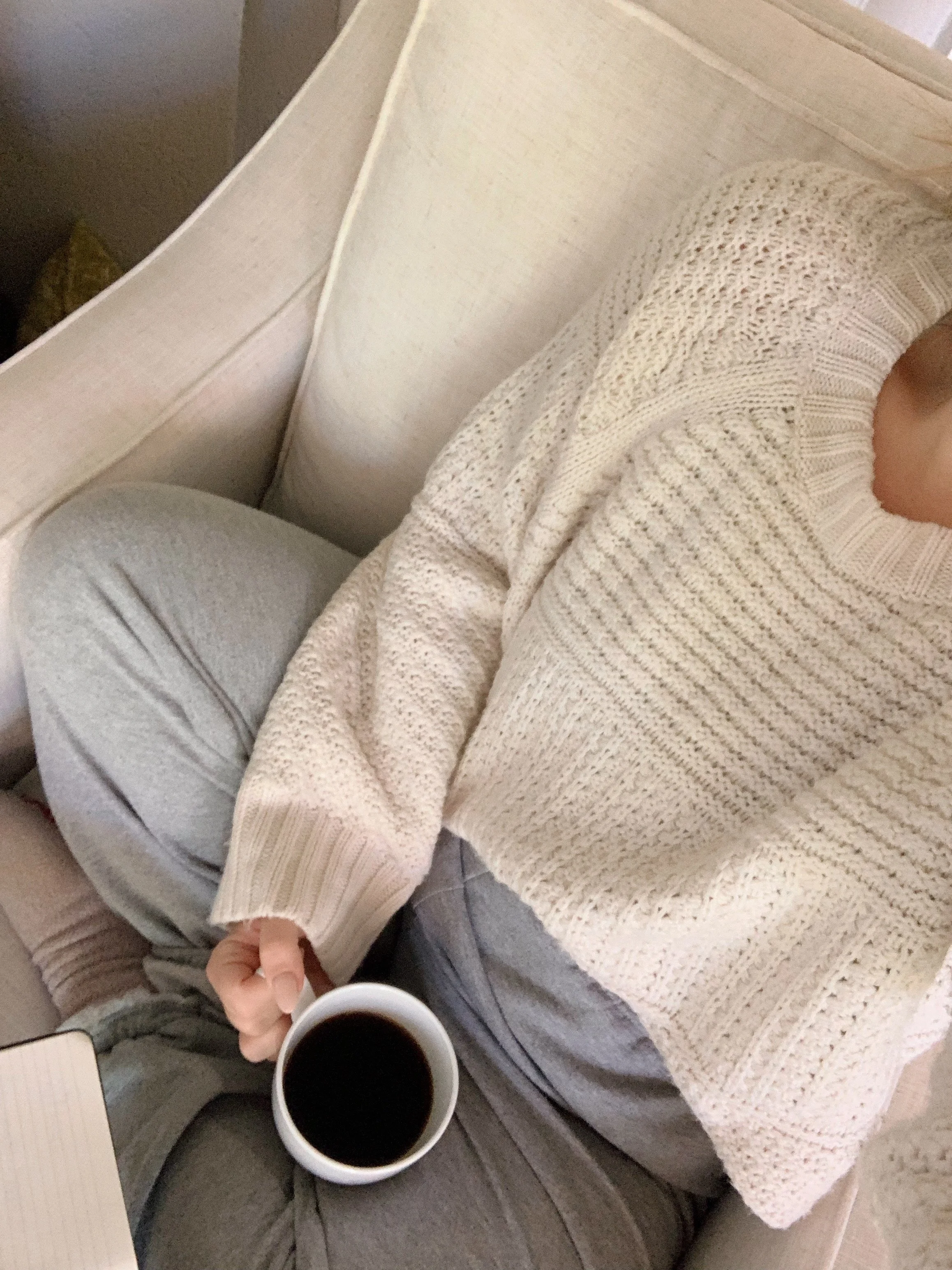
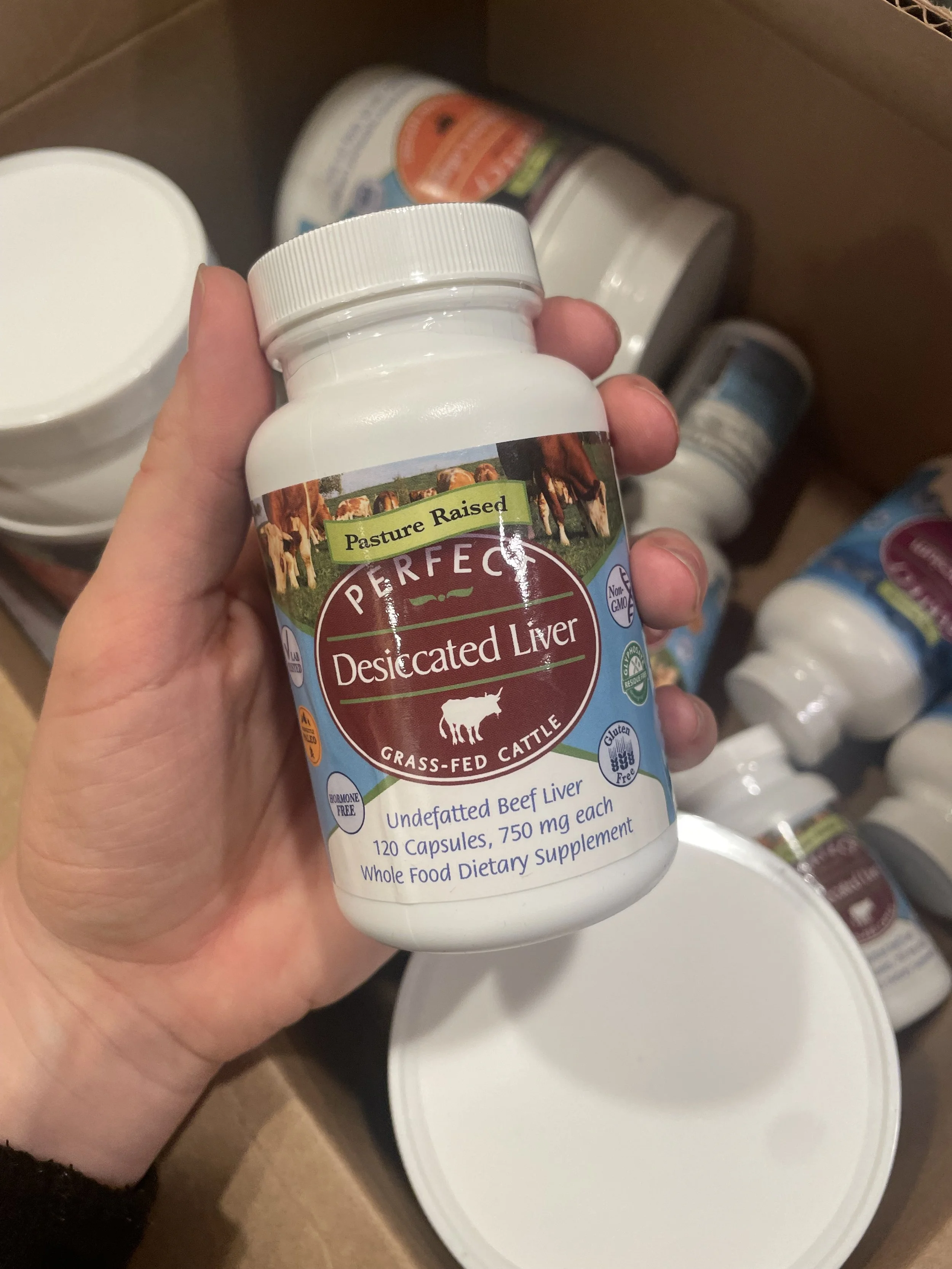

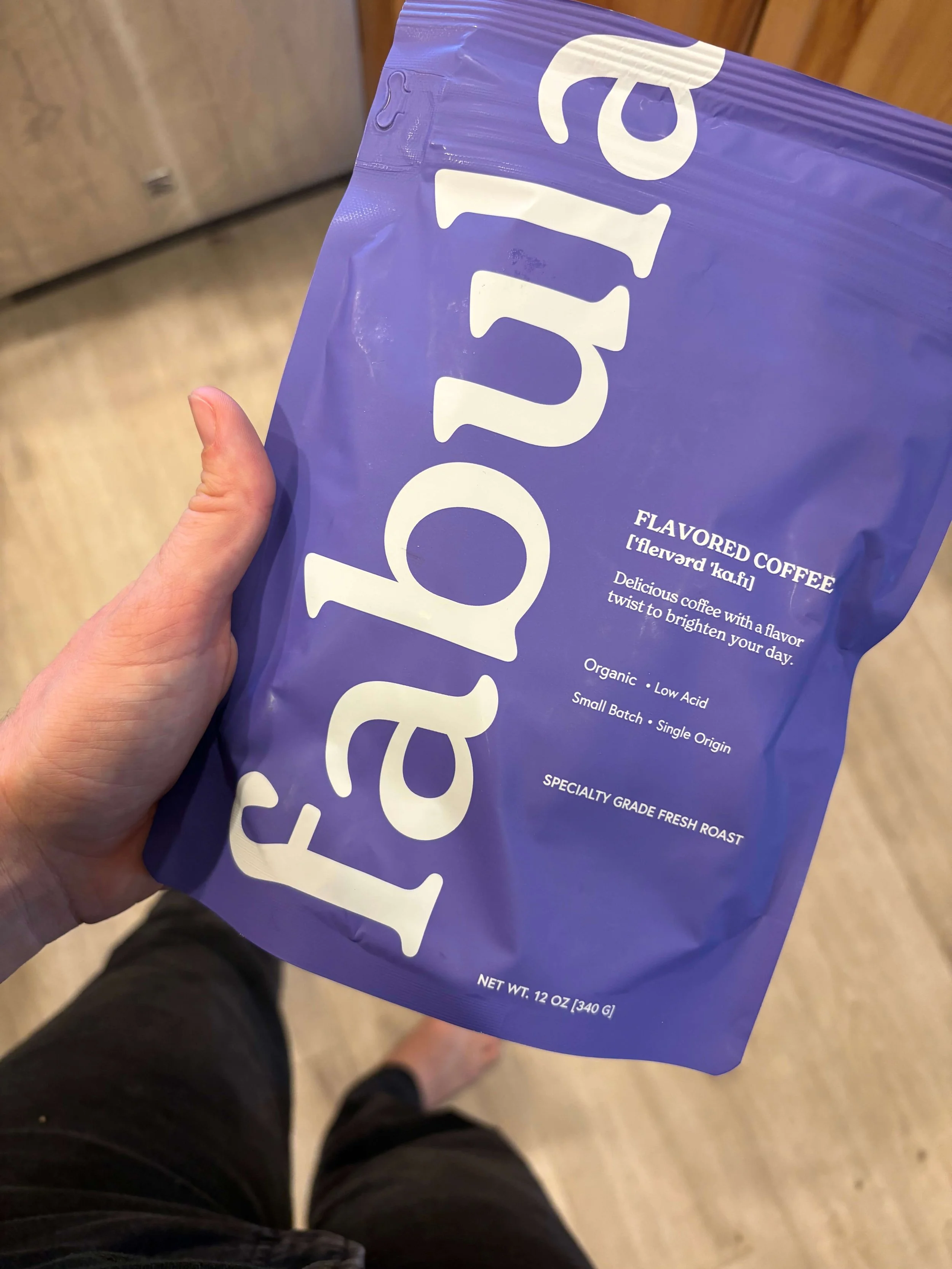
For those of you following my gray hair grow-out journey— here are the latest results from my gray blending appointment at the salon!